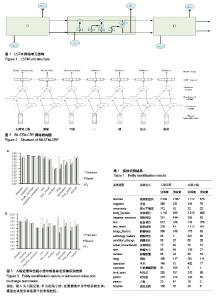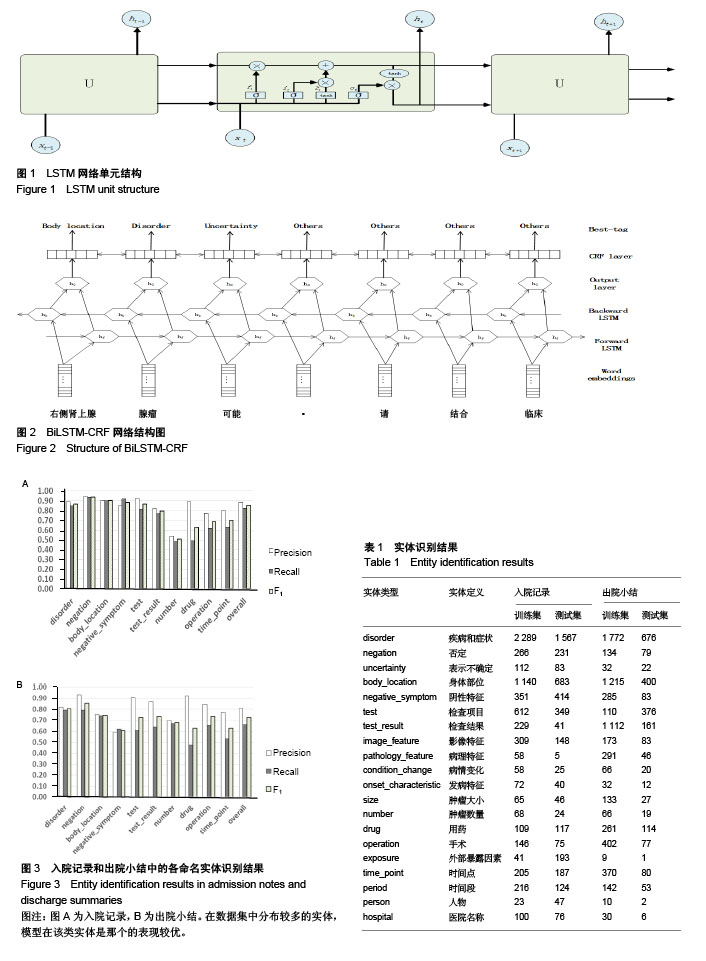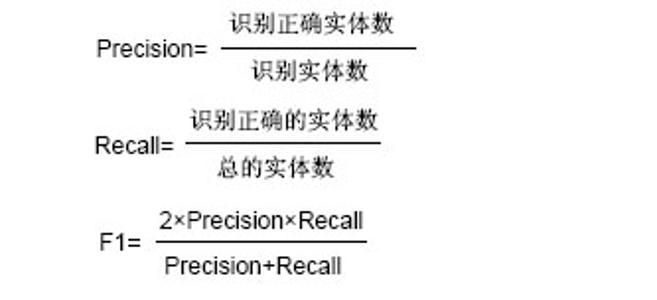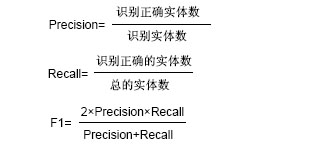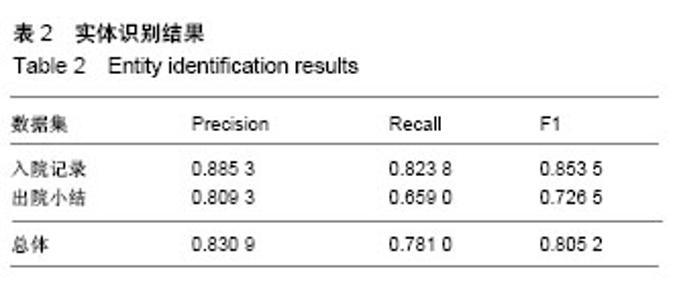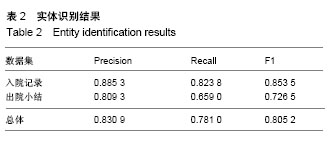| [1] Lossio-Ventura JA, Hogan W, Modave F, et al.Towards an obesity-cancer knowledge base: Biomedical entity identification and relation detection. Proceedings (IEEE Int Conf Bioinformatics Biomed). 2016;2016:1081-1088.[2] Kohane IS.Using electronic health records to drive discovery in disease genomics.Nat Rev Genet. 2011;12(6): 417-428.[3] Razavian N, Blecker S, Schmidt AM, et al.Population-Level Prediction of Type 2 Diabetes From Claims Data and Analysis of Risk Factors.Big Data. 2015;3(4): 277-287.[4] Rotmensch M, Halpern Y, Tlimat A, et al.Learning a Health Knowledge Graph from Electronic Medical Records.Sci Rep. 2017;7(1):5994.[5] Small AM, Kiss DH, Zlatsin Y, et al.Text mining applied to electronic cardiovascular procedure reports to identify patients with trileaflet aortic stenosis and coronary artery disease.J Biomed Inform.2017;72:77-84.[6] Payne TH, Corley S, Cullen TA,et al.Report of the AMIA EHR-2020 Task Force on the status and future direction of EHRs.J Am Med Inform Assoc.2015;22(5):1102-1110.[7] Wang Y, Wang L, Rastegar-Mojarad M, et al.Clinical Information Extraction Applications: A Literature Review.J Biomed Inform.2017.[8] Jensen PB, Jensen LJ, Brunak S.Brunak,Mining electronic health records: towards better research applications and clinical care.Nat Rev Genet.2012;13(6): 395-405.[9] 何林娜,杨志豪,林鸿飞,等.基于特征耦合泛化的药名实体识别[J].中文信息学报, 2014,28(2):72-77.[10] 栗伟,赵大哲,李博,等.CRF与规则相结合的医学病历实体识别[J].计算机应用研究, 2015,32(4):1082-1086.[11] Lei J, Tang B, Lu X,et al.A comprehensive study of named entity recognition in Chinese clinical text.J Am Med Inform Assoc.2014;21(5):808-814.[12] Hu JL,Shi X, Liu ZJ,et al.HITSZ_CNER: A hybrid system for entity recognition from Chinese clinical text.[13] Wu J,Hu X, Zhao R,et al.Clinical Named Entity Recognition via Bi-directional LSTM-CRF Model.[14] Xia Y, Wang Q.Clinical Named Entity Recognition: ECUST in the CCKS-2017 Shared Task 2.[15] Kingma DP,Ba J.Adam: A Method for XStochastic Optimization. Computer Science.2014. [16] fssjy. “Jieba” (Chinese for “to stutter”) Chinese text segmentation: built to be the best Python Chinese word segmentation module.https://pypi.python.org/pypi/jieba/.[17] Mikolov T,Chen K,Corrado G,et al.Efficient Estimation of Word XRepresentations in Vector Space.Computer Science. 2013.[18] Huang Z, Xu W, Yu K.Bidirectional LSTM-CRF Models for Sequence Tagging.Computer Science.2015.[19] Cogswell M,AhXmed F,Girshick R,et al.Reducing Overfitting in Deep Networks by Decorrelating Representations. Computer Science.2015.[20] Srivastava N,Hinton G,Krizhevsky A,et al.Dropout:a simple way to prevent neural networks from overfitting.Journal of Machine Learning Research.2014;15(1): 1929-1958.[21] Uzuner Ö,South BR,Shen S,et al.2010 i2b2/VA challenge on concepts, assertions, and relations in clinical text. J Am Med Inform Assoc. 2011;18(5):552-556.[22] 杨红梅,田翔华,周毅.电子病历对基于知识网络的精准医学的支撑及模式研究[J].中国数字医学,2017,12(8):29-31+75.[23] Jonnalagadda SR,Adupa AK,Garg RP,et al.Text Mining of the Electronic Health Record: An Information Extraction Approach for Automated Identification and Subphenotyping of HFpEF Patients for Clinical Trials.J Cardiovasc Transl Res. 2017;10(3): 313-321.[24] Kumar V,Stubbs A,Shaw S,et al.Creation of a new longitudinal corpus of clinical narratives. J Biomed Inform. 2015;58 Suppl:S6-S10.[25] Kübler S,Zinsmeister H.Corpus linguistics and linguistically annotated corpora. Bloomsbury Academic.2015.[26] 杨锦锋,关毅,何彬,等.中文电子病历命名实体和实体关系语料库构建[J].软件学报,2016,27(11):2725-2746.[27] Zhang S, Kang T, Zhang X, et al.Speculation detection for Chinese clinical notes: Impacts of word segmentation and embedding models.J Biomed Inform.2016;60:334-341.[28] Lishuang Li, Liuke Jin, Yuxin Jiang, et al.Recognizing Biomedical Named Entities Based on the Sentence Vector/Twin Word Embeddings Conditioned Bidirectional LSTM. 2016: Springer International Publishing.[29] Wang Y, Wang L, Rastegar-Mojarad M, et al. Clinical information extraction applications: A literature review. J Biomed Inform. 2018;77:34-49.[30] Varone M, Varone M, Varone M, et al. Conditional random fields with semantic enhancement for named-entity recognition. in International Conference on Web Intelligence, Mining and Semantics. 2017.[31] Shao Y, Hardmeier C, Tiedemann J, et al. Character-based Joint Segmentation and POS Tagging for Chinese using Bidirectional RNN-CRF.2017.[32] Pham TH, Lehong P.End-to-end Recurrent Neural Network Models for Vietnamese Named Entity Recognition: Word-level vs. Character-level.2017.[33] Gridach M.Character-Level Neural Network for Biomedical Named Entity Recognition. J Biomed Inform. 2017;70:85-91. |
